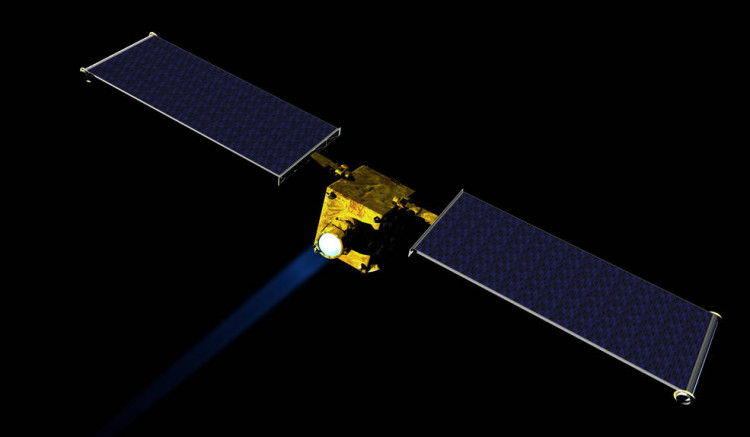A team of scientists is developing technology in the form of high-precision timers-to help avert a nightmare scenario: an asteroid plowing to the surface of the Earth and threatening the human race, according to an initial AFP article.
This is strictly precautionary, but others might argue that the risk is ever-present.
The new timers-which are now monitoring satellites-are hand-crafted in the lab of the Latvian start-up Eventech. This year, Eventech was awarded a contract with the European Space Agency (ESA) to build timers capable of researching the probability of redirecting an incoming asteroid until it reaches the terminal point of no return.
Similarly, NASA plans to launch the first steps of the Asteroid Impact and Deflection Assessment (AIDA) mission-also known as the Double Asteroid Redirection Test (DART)-on July 22, 2021, on board one of Elon Musk's Falcon 9 rockets from SpaceX.
Weighing at 1,100 lbs, the camera-equipped probe would travel to an asteroid called Didymos and crash into it-trying to reverse the existing trajectory that might have it passing close to our tiny blue planet sometime in 2123, Phys.org notes.
Eventech's deep-space event timers are also in progress for the HERA follow-up mission, which is set for launch five years after NASA's mission of interstellar collision, to see whether or not it succeeded.
"Our new technology that will follow on the second ESA spacecraft named HERA will measure if the first impact steered the kilometer-sized Didymos off its previous course, avoiding harm to humanity," Imants Pulkstenis, an Eventech engineer, said in an interview.
Eventech timers are tied to a broader history of space exploration in the Baltic state-one that dates back to the Soviet era when Sputnik-the first artificial orbiting satellite-was launched in 1957.
Timers calculate the time taken for the pulse of light to make a trip to an object in orbit and back. Notably, Eventech instruments can collect measurements down to a picosecond-one-thousandth of a second-allowing astronomers to translate time measurements to a distance of up to two millimeters of accuracy.
Luckily, most of the known extinction-sized asteroids have benign orbits-where asteroids of a wide range of sizes run in and out of the inner solar system regularly. But it's fascinating to know how some of the technologies we use to map satellites designed for creature comforts like the internet and GPS locators might also be part of the key to preventing a horrific and abrupt end of life as we know it.


